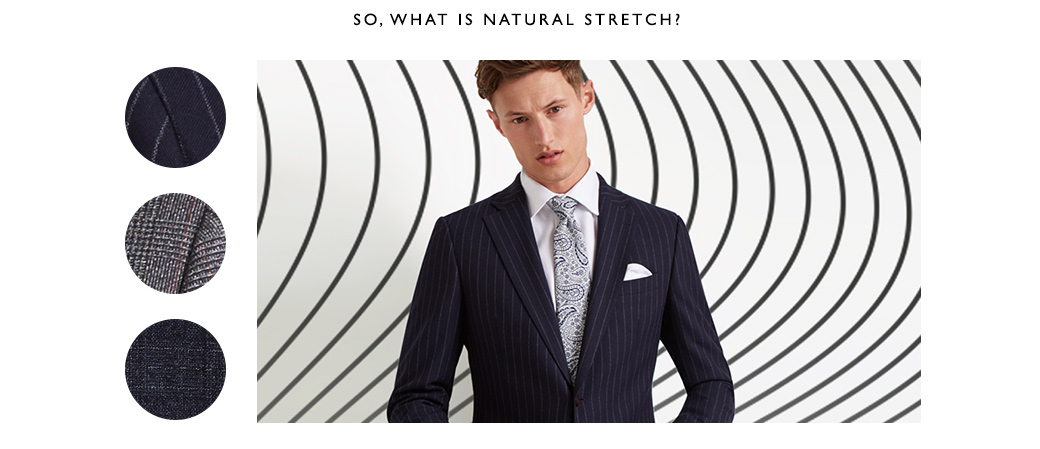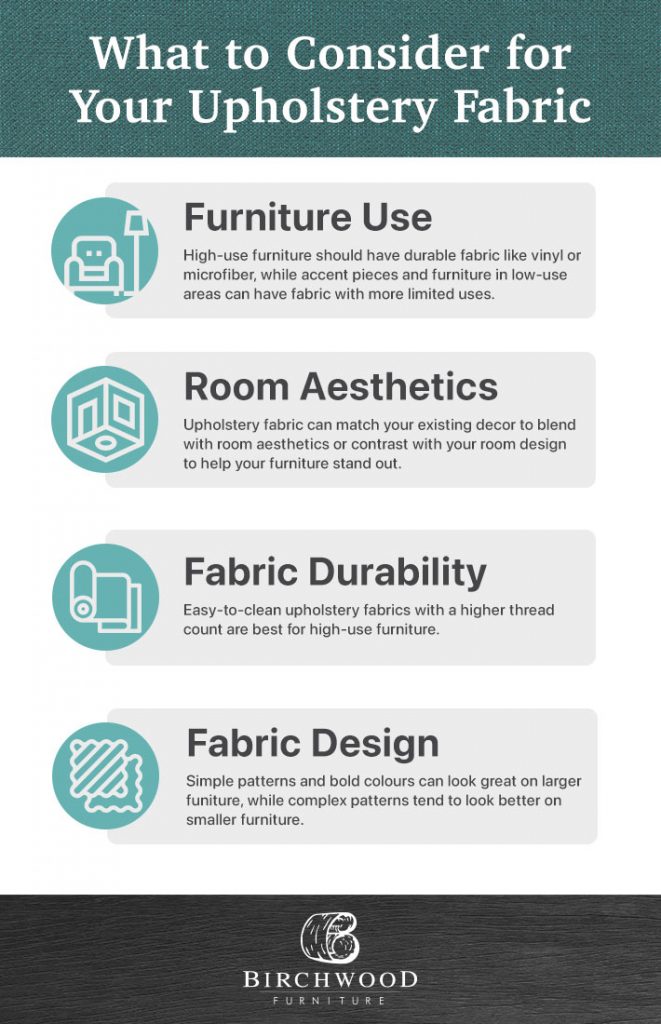All 4 Way Stretch Fabrics Fundamentals Explained
Table of ContentsSome Known Incorrect Statements About All 4 Way Stretch Fabrics The smart Trick of All 4 Way Stretch Fabrics That Nobody is DiscussingThe Greatest Guide To All 4 Way Stretch FabricsAbout All 4 Way Stretch FabricsGetting The All 4 Way Stretch Fabrics To WorkSome Known Facts About All 4 Way Stretch Fabrics.4 Easy Facts About All 4 Way Stretch Fabrics Explained
As I likewise desire UV protection from my garments when I go out, I would pick a densely woven cotton textile. One even more factor to consider when purchasing the textile is the way it will certainly after washing.A safe bet would certainly be to get at least 10% added fabric. If you can purchase preshrunk fabric, this is the ideal. Preshrunk textile will have labels that will say" etc. If you are seeking a fabric that will certainly not stretch or shed form, you can look for the "anti-sag" label.

If you are matching the shade, like selecting the lining for the main textile or selecting material to include as trim, this is particularly essential. The material showrooms will typically have a light well where you can see the textile in sunshine (or a window with excellent light from outside).
Rumored Buzz on All 4 Way Stretch Fabrics

Many materials are about 44 wide. When you go to get textile, price quote how a lot you want initially and after that go to the store.
These are readily available in the shops I regular as cut items they are mostly valued reduced and some of them, when they are last off the screw, valued really low. You will certainly need to ask the sales representatives for pieces like that. Some terrific deals can be had in this manner. In dressmaking, we purchase textile by the yard/meter.
Some Ideas on All 4 Way Stretch Fabrics You Should Know
In a quarter of a backyard, you get a 9 by 44 strip of material, which is about 22 centimeters in size. According to the width of materials, they might be called single-width and double-width.
You can find out even more about lawn to meter conversion below. Inspect out this blog post on reading a measuring tape Select fabrics that are not also difficult or inflexible, or you would not fit in them. Bed linen, Jeans, flannel, For cooler climates, choose wool (100% in addition to wool blends) wool tweeds, wool crepe; it generally depends on what trousers you are speaking about Tailored trousers, Unstructured Pant, Combined, Pants.
Corduroy is comfortable to wear textile to pick for pants. All cotton textiles are good for children. You can choose a cotton satin stretch or a cotton twill or cotton satin or yard. Knit fabrics are additionally wonderful for children you can opt for woollen knits. Interlock knits are dressmaking knits that stretch across the grain.
The Definitive Guide for All 4 Way Stretch Fabrics
Cotton lawn cloth in pretty prints is wonderful. Silk jersey is a terrific material for stitching skirts, as is Ponte Roma weaved material.
Drapey rayons, soft woollen, lycra blends, and stretch velvets are all suitable for stitching skirts. Woollen (Woollen crepe has a fantastic drape and offers sufficient structure for coats; wool tweeds are fantastic as well), Linen & Flannel. Raw silk, satin, taffeta, velvet, Lace, silk chiffon, and Organza are all fantastic for making dresses.
You can acquire medium-weight textiles with some spandex/elastane added for a fitting bodycon-type outfit. For drapey gowns, you can select light-weight fabrics. Jacket has a drapey fit like this. Crepe, challis, and charmeuse are all drapey materials fit for this style. Inspect out these articles: Best textile for making casual gowns and tops; Names of different dresses. Rayon, Acetate, and cotton lining materials are famously used.
Lightweight cotton fabric, Cambric, Chintz, Twill, Faille, Seersucker, Poplin, light-weight woven broadcloth, batiste, bed linen, eyelet are good for making t-shirts and shirts. I like chiffon shirts. Silky satin fabric is good for making airy tops. Have a look at the post on the 7 best fabrics for making t-shirts. Making serapes and scarves require different considerations for the fabric check out this article on the materials for making headscarfs When buying patterned material (a lot of the formed fabric comes with a width of 45 or 54 inches), there will be pattern repeat in these materials, and this should be considered when reducing fabric as well as acquiring them i.e., if you wish to match the patterns at the seams.
All about All 4 Way Stretch Fabrics
This message has the names of all the checkered patterns and this, red stripe patterns. The concepts will certainly be dispersed in a scheduled fashion on the material. You may discover sometimes If the print is not positioned on the textile appropriately, it can not be matched or lined up when constructed without misshaping the textile and the hang of the garment.


The textile weight is dependent on many elements like the weave, fiber kind, and so on and is normally denoted by GSM. GSM can differ from 60 -700; 700 being the GSM of really premium woolen textile.
Yet something you have to bear in mind is that greater textile weight does not signify greater fabric top quality (equestrian fabric). It simply is a sign of the suitability of the material for a specific task. You can not pick high material weight fabric jeans for a lightweight drifting serape. Knowing the material weight is beneficial when comparing the exact same sort of fabrics, however even this will certainly depend on its application.
Take a look at the list of the 70+ various textile finishes and treatments. In a nutshell, the most vital requirements to search for in the material you purchase are as complies with. The variety of strings per inch of fabric (yarns-per-inch). Greater the string count higher the variety of strings woven per inch, and the greater the high quality.
Examine This Report on All 4 Way Stretch Fabrics
This is very vital in any fabric. In high-grade textile, this balance (either in numbers or in size) will certainly constantly be maintained. Procedures utilized on material to boost appearance and performance. The fibers that are woven to make the fabric will either be as a single strand or will be created by integrating 2 threads (twisted).
A two-ply thread is premium to a single-ply thread.
If you are getting all set to begin a brand-new embroidery project, choosing a material will certainly be one of the most essential action when you choose what you intend to make. After you've mosted likely to all the difficulty and expense of acquiring the stitching equipment you enjoy, a pattern you like, and a material you love, you want the ended up item to be a success, right? One method to achieve that is to start by ensuring your textile is genuinely appropriate for the task.
All 4 Way Stretch Fabrics Fundamentals Explained
For instance, if you're making a patchwork, you'll automatically want to use quilter's weight cotton for best results. However suppose you intend to make an item of apparel? Exactly how do you understand which fabric will give you the best result? Selecting a material simply because you love the print or layout on it isn't necessarily the very best technique.
You understand. So in order to stay clear of doing an entire job for essentially nothing, we've compiled some pointers to assist you choose which textile is best for your job. Allow's claim you currently have a project in mind; exactly how do you find the ideal fabric for it? One means is to More about the author take a look at comparable items in storesor ones you currently have.
After that, think about the features you desire the completed item to have. If apparel, will it be fitted or loose? Dressy or daily? For warm weather or cold? Do you want a strong color or a print? If you are making a non-wearable item such as a pillow cover or pot holder, use a strong material such as canvas.
There is a lot info available regarding fabrics, their qualities, and their uses, it might get to be frustrating! So don't try to take it in all at as soon as; simply begin with the job handy. Learn all you can concerning the textile you make use of for this project.